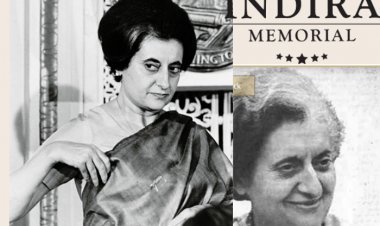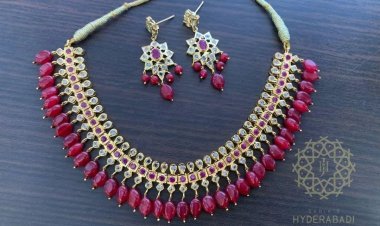Cooking Spices and Masala Sales and Marketing Agency in Mumbai & Pune
The spice trade developed throughout the Indian subcontinent by at earliest 2000 BCE with cinnamon and black pepper, and in East Asia with herbs and pepper. The Egyptians used herbs for mummification and their demand for exotic spices and herbs helped stimulate world trade. The word spice comes from the Old French word espice, which became epice, and which came from the Latin root spec, the noun referring to "appearance, sort, kind": species has the same root.
A spice is a seed, fruit, root, bark, or other plant substance primarily used for flavoring or coloring food. Spices are distinguished from herbs, which are the leaves, flowers, or stems of plants used for flavoring or as a garnish. Spices are sometimes used in medicine, religious rituals, cosmetics or perfume production.
The spice trade developed throughout the Indian subcontinent by at earliest 2000 BCE with cinnamon and black pepper, and in East Asia with herbs and pepper. The Egyptians used herbs for mummification and their demand for exotic spices and herbs helped stimulate world trade. The word spice comes from the Old French word espice, which became epice, and which came from the Latin root spec, the noun referring to "appearance, sort, kind": species has the same root.
Cooking Spices and Masala Sales and Marketing Agency in Mumbai
Indonesian merchants traveled around China, India, the Middle East, and the east coast of Africa. Arab merchants facilitated the routes through the Middle East and India. This resulted in the Egyptian port city of Alexandria being the main trading center for spices. The most important discovery prior to the European spice trade was the monsoon winds (40 CE).
Spices were among the most demanded and expensive products available in Europe in the Middle Ages, the most common being black pepper, cinnamon (and the cheaper alternative cassia), cumin, nutmeg, ginger and cloves. Given medieval medicine's main theory of humorism, spices and herbs were indispensable to balance "humors" in food, a daily basis for good health at a time of recurrent pandemics. In addition to being desired by those using medieval medicine, the European elite also craved spices in the Middle Ages.
Cooking Spices and Masala Sales and Marketing Agency in Pune
Spices are primarily used as food flavoring. They are also used to perfume cosmetics and incense. At various periods, many spices have been believed to have medicinal value. Finally, since they are expensive, rare, and exotic commodities, their conspicuous consumption has often been a symbol of wealth and social class.
The most popular explanation for the love of spices in the Middle Ages is that they were used to preserve meat from spoiling, or to cover up the taste of meat that had already gone off. This compelling but false idea constitutes something of an urban legend, a story so instinctively attractive that mere fact seems unable to wipe it out... Anyone who could afford spices could easily find meat fresher than what city dwellers today buy in their local supermarket.
It is often claimed that spices were used either as food preservatives or to mask the taste of spoiled meat, especially in the Middle Ages. This is false.In fact, spices are rather ineffective as preservatives as compared to salting, smoking, pickling, or drying, and are ineffective in covering the taste of spoiled meat. Moreover, spices have always been comparatively expensive: in 15th century Oxford, a whole pig cost about the same as a pound of the cheapest spice, pepper. There is also no evidence of such use from contemporary cookbooks: "Old cookbooks make it clear that spices weren't used as a preservative. They typically suggest adding spices toward the end of the cooking process, where they could have no preservative effect whatsoever." In fact, Cristoforo di Messisbugo suggested in the 16th century that pepper may speed up spoilage.
A spice may be available in several forms: fresh, whole dried, or pre-ground dried. Generally, spices are dried. Spices may be ground into a powder for convenience. A whole dried spice has the longest shelf life, so it can be purchased and stored in larger amounts, making it cheaper on a per-serving basis. A fresh spice, such as ginger, is usually more flavorful than its dried form, but, fresh spices are more expensive and have a much shorter shelf life. Some spices are not always available either fresh or whole, for example turmeric, and often must be purchased in ground form. Small seeds, such as fennel and mustard seeds, are often used both whole and in powder form.


 food manic
food manic 





















